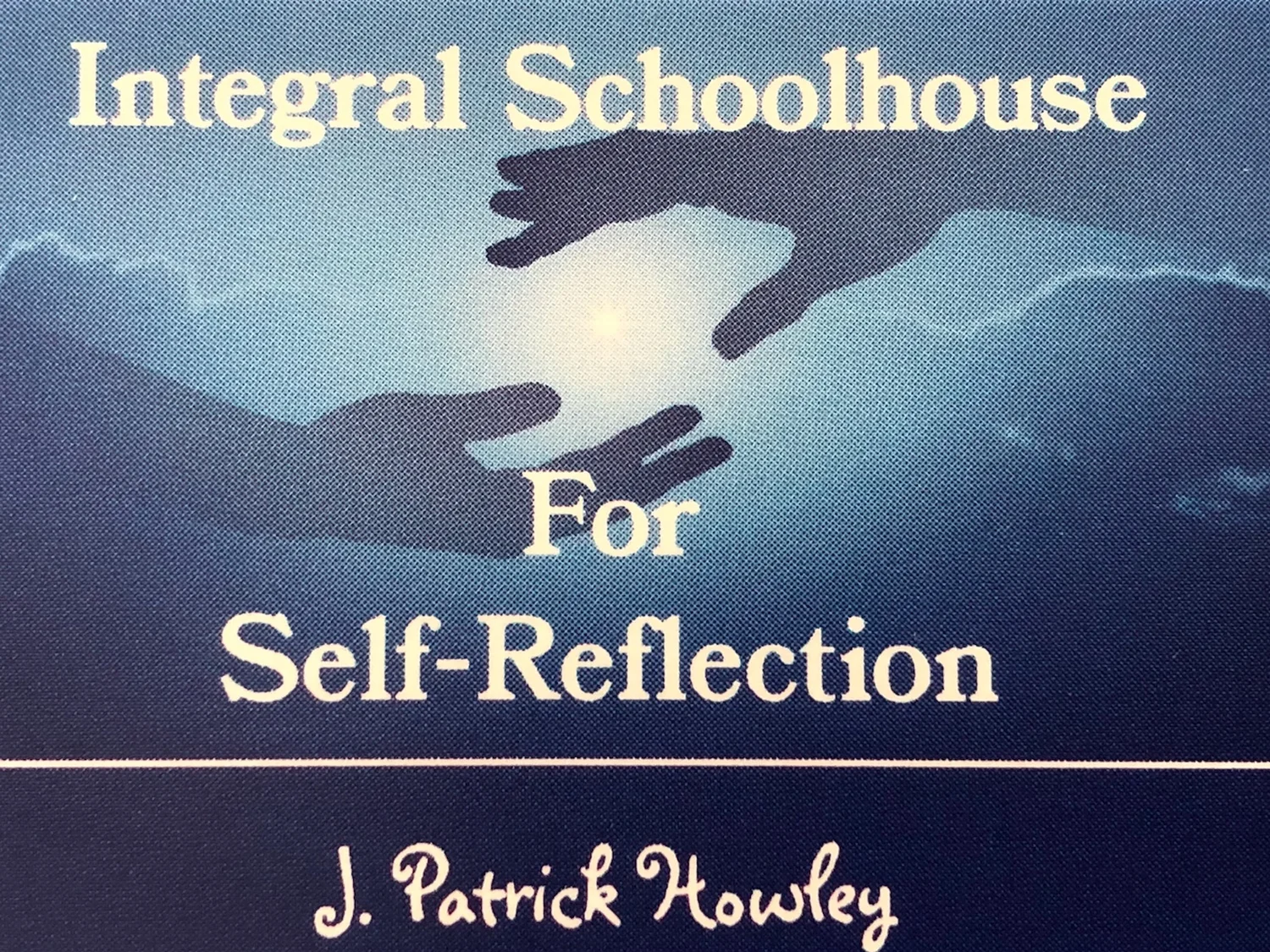An Amazing Spontaneous Awakening!
An Important Person to Know and Study!
In 1896 a sixteen-year-old schoolboy walked out on his family and, driven by an inner compulsion, slowly made his way to Arunachala, a holy mountain and pilgrimage centre in South India. On his arrival he threw away all his money and possessions and abandoned himself to a newly-discovered awareness that his real nature was formless, immanent consciousness. His absorption in this awareness was so intense that he was completely oblivious of his body and the world; insects chewed away portions of his legs, his body wasted away because he was rarely conscious enough to eat and his hair and fingernails grew to unmanageable lengths. After two or three years in this state he began a slow return to physical normality, a process that was not finally completed for several years. His awareness of himself as consciousness was unaffected by this physical transition and it remained continuous and undimmed for the rest of his life. In Hindu parlance he had ‘realised the Self’; that is to say, he had realised by direct experience that nothing existed apart from an indivisible and universal consciousness which was experienced in its unmanifest form as beingness or awareness and in its manifest form as the appearance of the universe.
Normally this awareness is only generated after a long and arduous period of spiritual practice but in this case it happened spontaneously, without prior effort or desire. Venkataraman, the sixteen-year-old schoolboy, was alone in an upstairs room of his uncle's house in Madurai (near the southern tip of India) when he was suddenly gripped by an intense fear of death. In the following few minutes he went through a simulated death experience during which he became consciously aware for the first time that his real nature was imperishable and that it was unrelated to the body, the mind or the personality. Many people have reported similar unexpected experiences but they are almost invariably temporary. In Venkataraman's case the experience was permanent and irreversible. From that time on his consciousness of being an individual person ceased to exist and it never functioned in him again. Venkataraman told no one about his experience and for six weeks he kept up the appearance of being an ordinary schoolboy.
However, he found it an increasingly difficult posture to maintain and at the end of this six week period he abandoned his family and went directly to the holy mountain of Arunachala.
His love for the mountain was so great that from the day he arrived in 1896 until his death in 1950 he could never be persuaded to go more than two miles away from its base.
After a few years of living on its slopes his inner awareness began to manifest as an outer spiritual radiance. This radiance attracted a small circle of followers and, although he remained silent for most of the time, he embarked upon a teaching career. One of his earliest followers, impressed by the evident saintliness and wisdom of the young man, decided to rename him Bhagavan Sri Ramana Maharshi –Bhagavan means Lord or God, Sri is an Indian honorific title, Ramana is a contraction of Venkataraman and Maharshi means ‘great seer’ in Sanskrit. The name found favour with his other followers and it soon became the title by which he became known to the world.
At this stage of his life Sri Ramana was speaking very little and so his teachings were transmitted in an unusual fashion. Instead of giving out verbal instructions he constantly emanated a silent force or power which stilled the minds of those who were attuned to it and occasionally even gave them a direct experience of the state that he himself was perpetually immersed in. In later years he became more willing to give out verbal teachings, but even then, the silent teachings were always available to those who were able to make good use of them. Throughout his life Sri Ramana insisted that this silent flow of power represented his teachings in their most direct and concentrated form. The importance he attached to this is indicated by his frequent statements to the effect that his verbal teachings were only given out to those who were unable to understand his silence.
. . . he guided spiritual seekers and interpreted religious teachings, and some merely came to tell him their problems. Whatever their reasons for coming almost everyone who came into contact with him was impressed by his simplicity and his humbleness. He made himself available to visitors twenty-four hours a day by living and sleeping in a communal hall which was always accessible to everyone, and his only private possessions were a loin-cloth, a water-pot and a walking-stick. Although he was worshipped by thousands as a living God, he refused to allow anyone to treat him as a special person and he always refused to accept anything which could not be shared equally by everyone in his ashram. He shared in the communal work and for many years he rose at 3 a.m. in order to prepare food for the residents of the ashram. His sense of equality was legendary. When visitors came to see him –it made no difference whether they were VIPs, peasants or animals –they would all be treated with equal respect and consideration.
From: Be As You Are: The Teachings of Shi Ramana Maharshi by David Godman
I highly recommend you read this book. It might lead to your own spontaneous awakening!
